“Kate Moss Doesn’t Need a Palm Tree”—David Bailey Opens Up About His New SUMO-size Book From Taschen
“Kate Moss Doesn’t Need a Palm Tree”—David Bailey Opens Up About His New SUMO-sized Book From Taschen
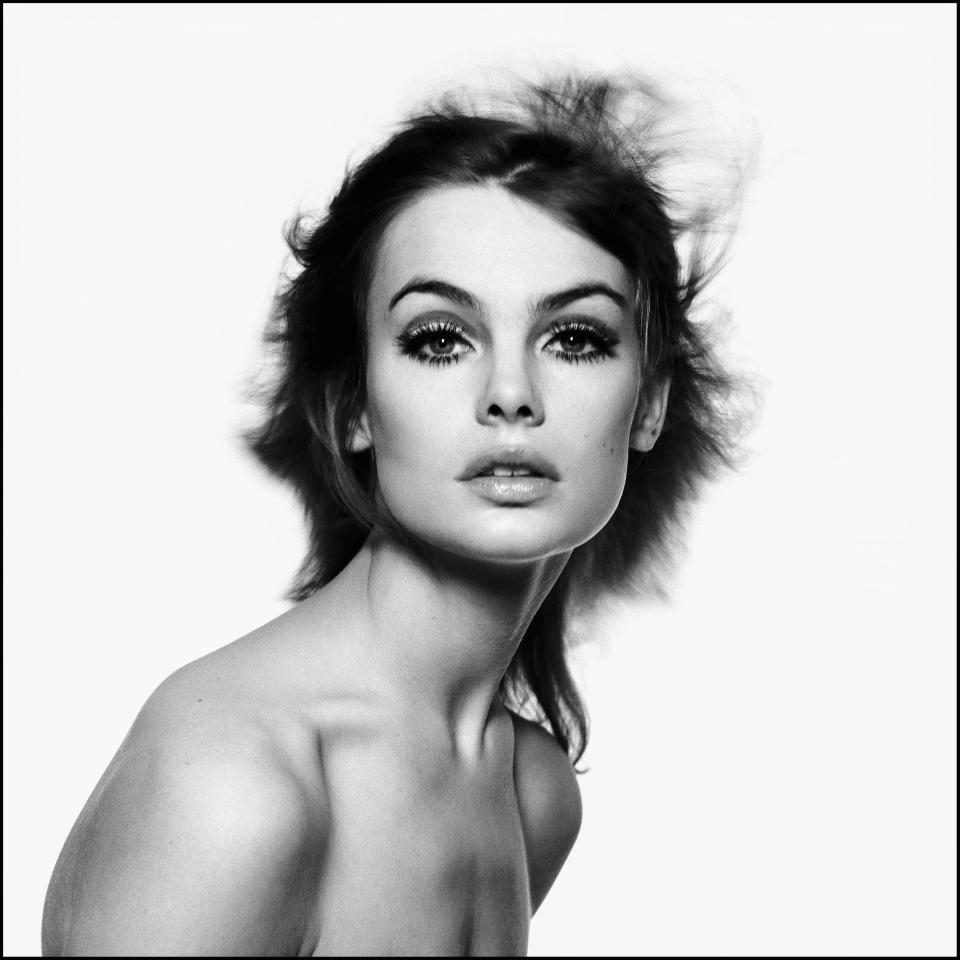
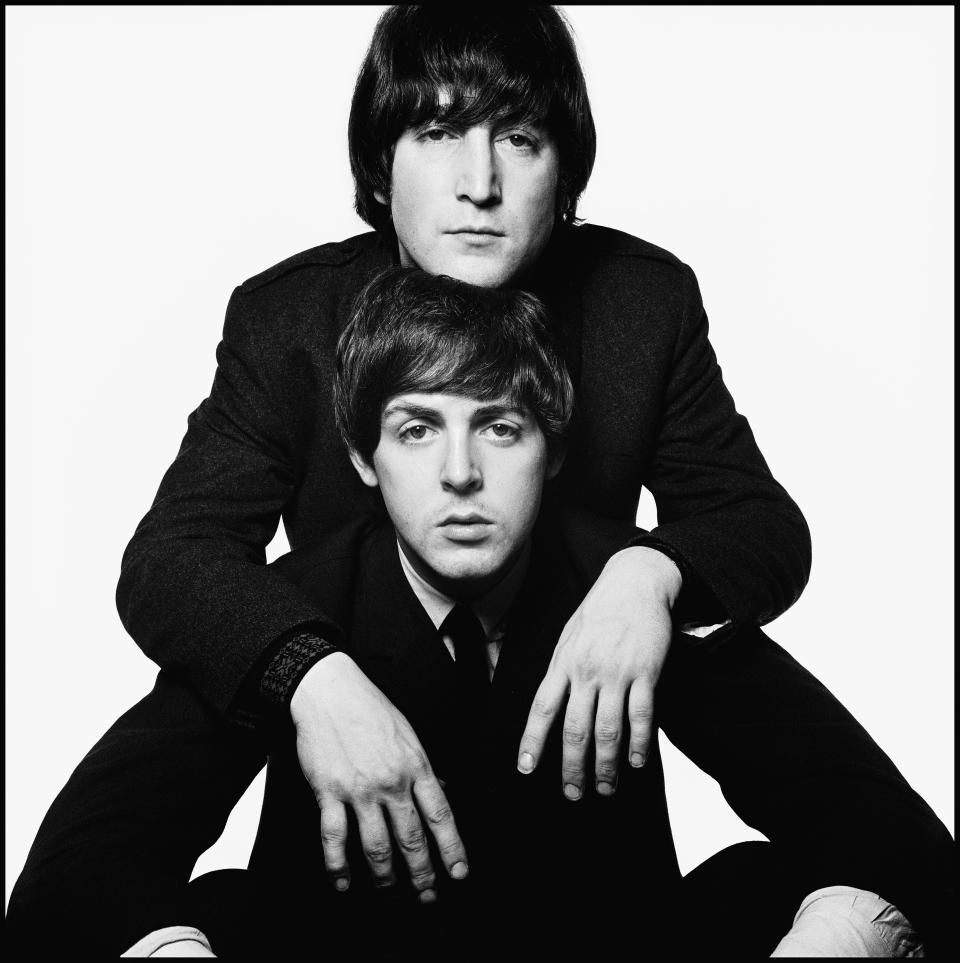

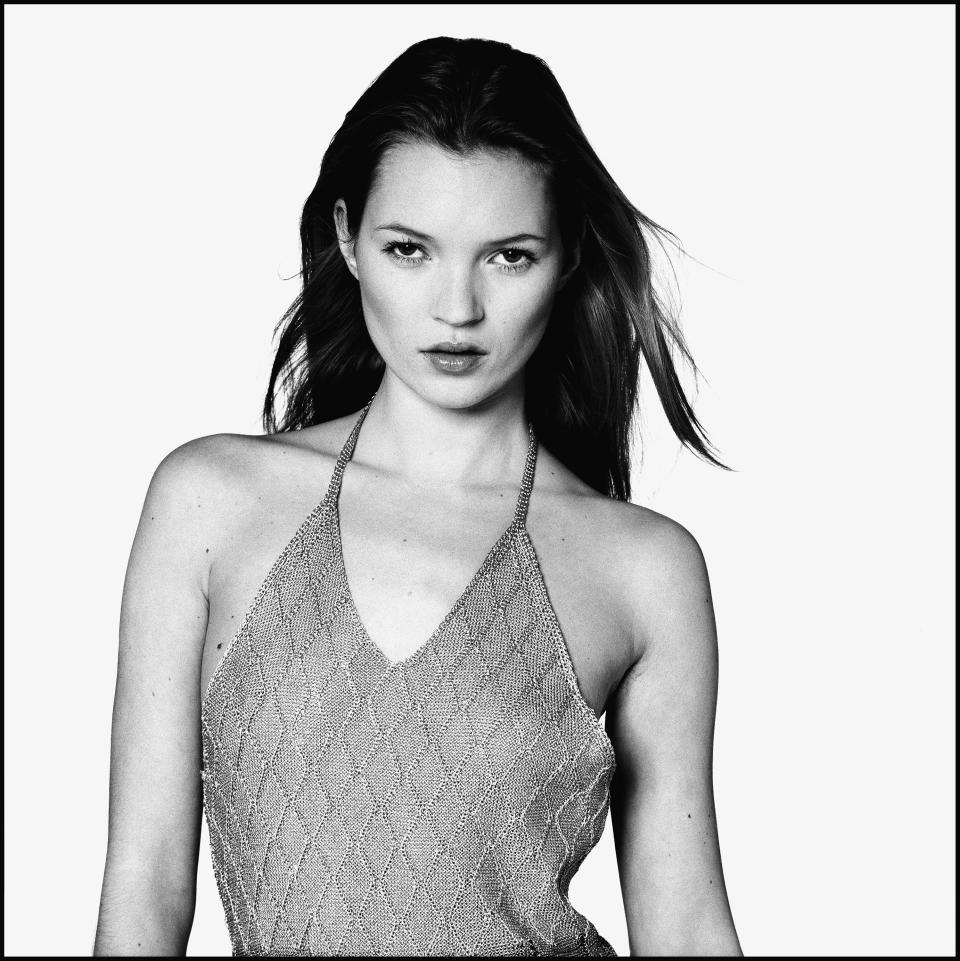
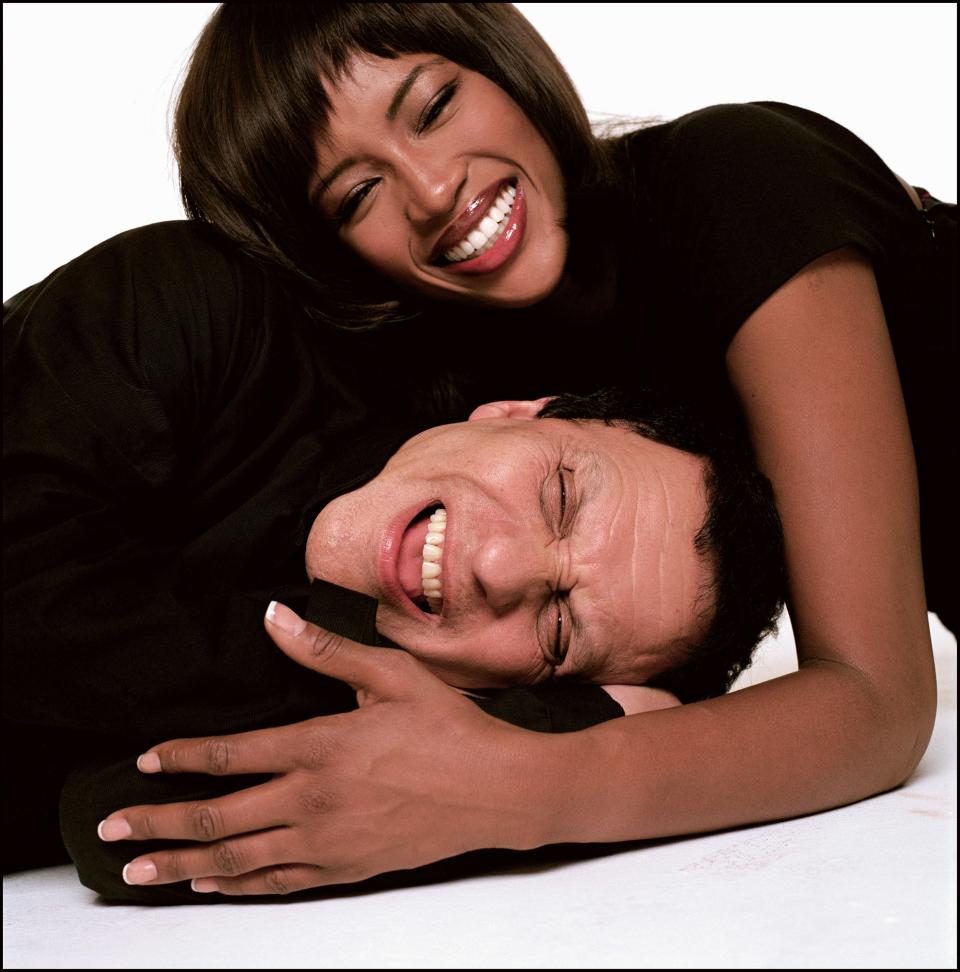
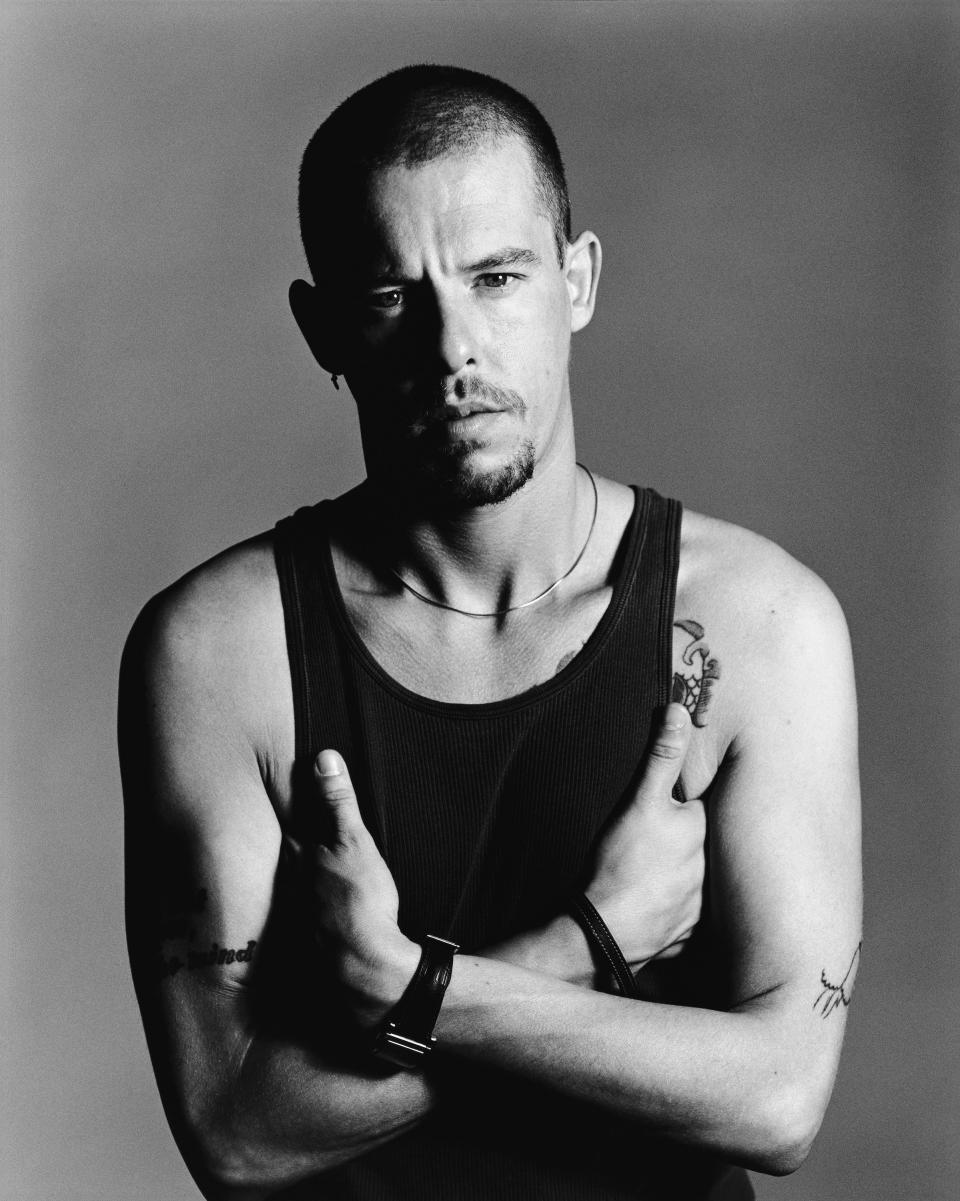
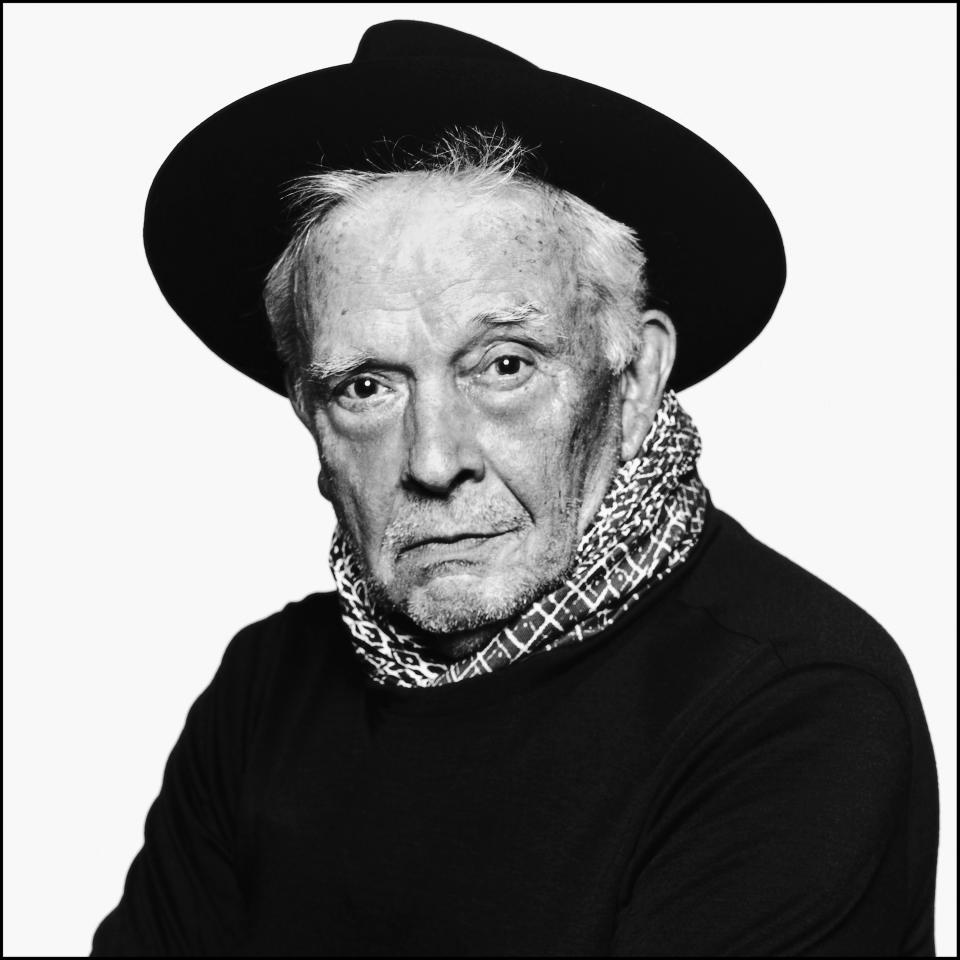
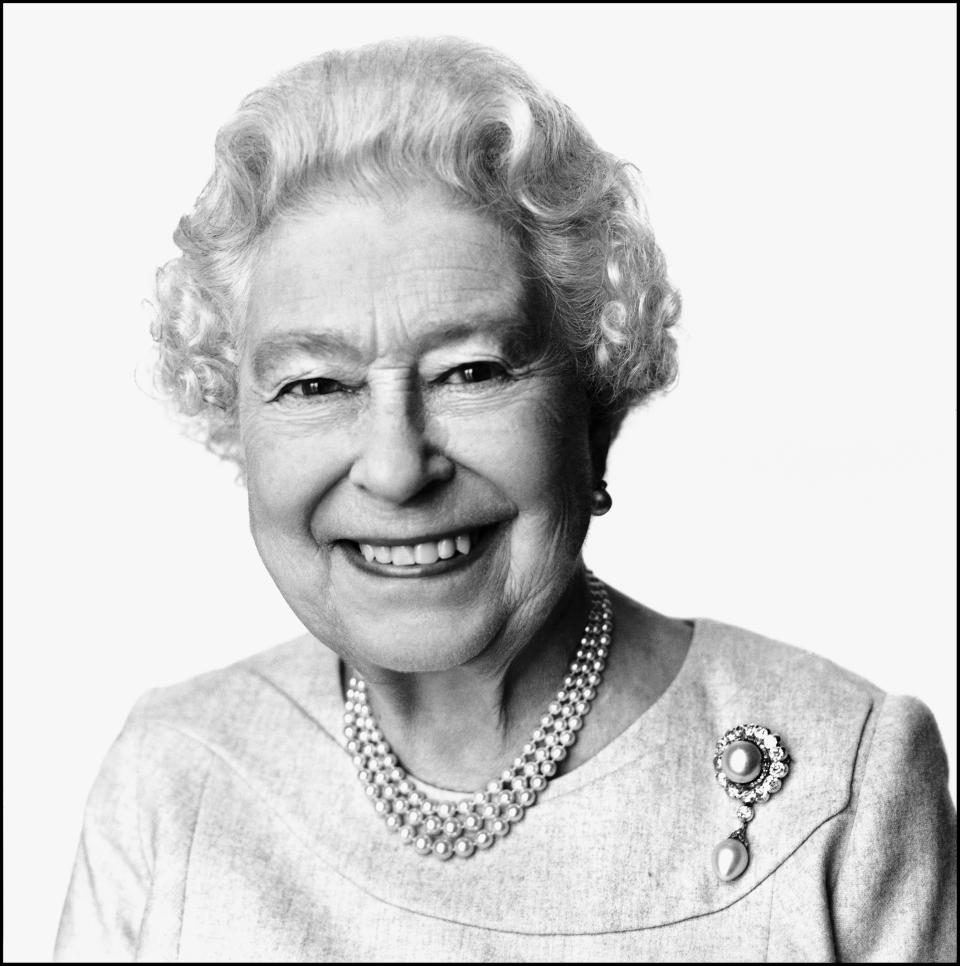
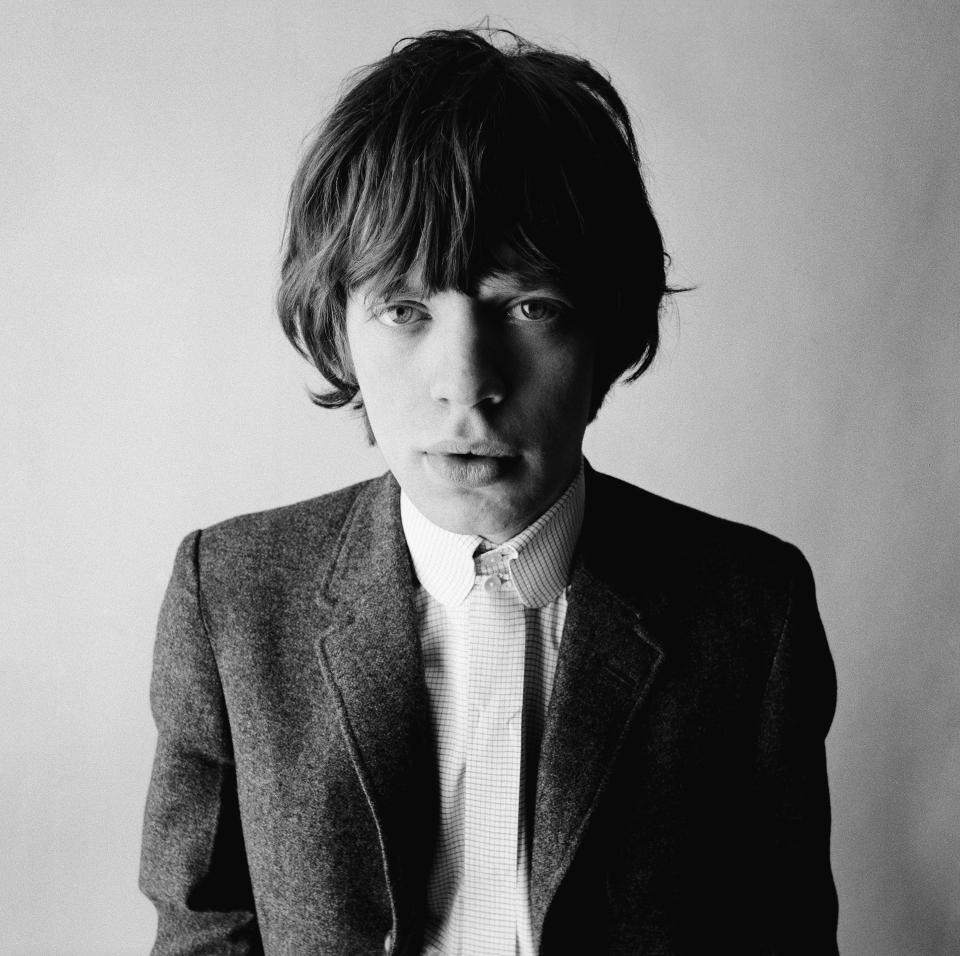
Since he began taking photographs in 1950s London, David Bailey has worked with an instantly recognizable visual vocabulary, one that firmly places him among the most prolific portraitists of the last half-century. The look is pared back, maybe even minimalist, often with the subject staring straight down the camera lens—and while nearly all of his images are black-and-white, every subject’s colorful persona shines through. Now Taschen is giving Bailey’s oeuvre the big-time treatment, publishing a new SUMO-format book of his work so large that it comes with its own bookstand. Available on Taschen.com and in Taschen stores everywhere from May 1, The David Bailey SUMO is a limited edition of 3,000 copies, each signed by Bailey himself.
Bailey called from London to give us an exclusive first look inside his new project, which includes portraits of some 300 subjects. Before our interview, a publicist gently reminded me that Bailey doesn’t like to be asked “which subject was his favorite,” and with good reason—there’s been so many, selecting even a handful would do all the others injustice. How could you possibly narrow it down when your repertoire includes Nelson Mandela, the Beatles, Mick Jagger, Kate Moss, Yves Saint Laurent, and Queen Elizabeth II herself?
Here, Bailey was at his most candid and charming—even without picking favorites.
Mr. Bailey, congratulations on the book. It’s quite large, from what I gather.
I think this is my 47th book. And it’s not a pocketbook, no. Good thing it comes with a nice sturdy stand.
How would you say the role of photographer has changed from the 1960s to today?
I don’t think it’s changed much. It’s the magazines [that] have changed. Remember in Sunset Boulevard [when Norma Desmond said], “I am big; it’s the pictures that got smaller.” It’s the same with magazines. I’ve always taken the same picture—that’s the easy thing. Nothing’s really changed—it’s the magazines that are getting smaller!
With all of your experience, what would you say makes a good picture?
Well, a good picture has to be a bit more than just having a famous person in it. That’s the difficult thing—I’ve chosen these pictures more for the picture, and not just the name of the person. Honestly, I’d rather shoot someone who’s not famous because then the picture is more interesting.
How would you summarize your approach to portraiture?
I honestly don’t know. I just do what I do. I suppose I tend to simplify. I can’t stand it when there’s too much in the background. Simplify. Kate Moss doesn’t need a palm tree in the background. Take away everything until you’ve just got the person.
There are very few color images in the book. Why do you prefer black-and-white photography?
It’s got more mystery. For color pictures, the color tends to almost distract. You see the color before you see the image. Black-and-white, you go straight to the picture. I was watching [the movie] Rebecca in black-and-white the other night, and it had this amazing sense of mystery.
Are you still shooting film, or have you transitioned to digital?
I do a little street photography in black-and-white digital, but my studio is always film. Photography is film. It’s always film. Digital is not photography. Digital is a computer with a lens on the front. Cameras have a personality of themselves. It’s always different. All the best photographers still use film. Bruce [Weber] still uses film, and I think he’s the best. There are photographers, and there are digital photographers. People who use digital are not photographers—they’re more art directors. Here’s the thing with digital photographers, is that they want to get it done and they don’t care what it is. They think getting it done is doing the job, which it isn’t. They decide after a shoot what’s good, where I have to decide what’s good before I do it. Digital photographers take thousands of pictures and then edit. Give a camera to a chimp and he could take digital pictures.
Considering all the celebrities and noteworthy people you’ve shot, is there something they all have in common or are they all unique?
All the people in the book achieved something. They’re all achievers. They all have their own talent. I prefer photographing talent rather than someone who’s just beautiful or famous for having a big ass.
Who would you say you’ve photographed more than anyone else over the years?
Probably Cecil Beaton a lot. Mick Jagger a lot. Kate Moss. Jean Shrimpton. And Andy Warhol—lots of him.
There is an amazing portrait of Andy Warhol in your new book, where he looks almost shy. What was it like shooting him?
Shooting Andy was like shooting smoke. You take a picture and he disappears. He really liked observing more than being observed.
How have fashion models changed from the ’60s to today? Were models better then or now?
I think the two best models in history are Jean Shrimpton and Kate Moss. Nothing’s changed, really; models are just girls everybody likes. Everyone likes Jean and everyone likes Kate, whether they’re a psychiatrist or a dog breeder. Everyone likes Jean and Kate. It’s the audience, not the photographer, when it comes to models—the audience decides who’s best.
You famously photographed Queen Elizabeth II. Is there something about that experience you think people would find surprising?
She’s great. One of the easiest shoots I’ve ever had to do because she’s so charming and helpful. She’s very funny as well. We had a great laugh. She’s probably the most famous woman in the world, and she handles it very well. She has a good sense of humor, very direct. I told her she had “truth Tourette’s” and she had a good laugh.
Your aesthetic is very refined, but I get the sense that your shoots are lighthearted places, with lots of laughter.
Usually we have a laugh. I talk to people for at least an hour or two hours before I take the picture, because by then I’ve already done the photograph by talking to them for two hours, so I know who they are. You’ll never understand photography if you never talk to people.


